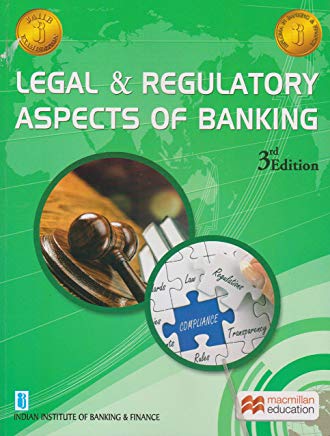JAIIB PPB Unit 8 - Risk Management and Basel II & III (Year: 2019)
1. Credit risk is the possibility of losses associated with the reduction in the credit quality of borrowers or counterparties.
Credit risk forms – direct lending, Bank Guarantee, Letter of Credit, treasury operations, securities trading businesses, cross border exposure, etc.
2. Market risk arises from adverse changes in market variables.
Market risk forms – liquidity risk, interest rate risk, foreign exchange rate (forex) risk, commodity price risk, equity price risk, etc.
3. Operational risk (aka legal risk, administrative risk, settlement or payment risk) arises from human or technical errors.
4. Under the Basel I accord, only the credit risk element was considered and the minimum capital requirement of capital funds was fixed at 8 % of the total risk weighted assets.
5. In India, banks are required to maintain a minimum capital to risk weighted asset ratio (CRAR) of 9 %.
6. Basel II has 3 pillars –
- Pillar 1 – minimum capital requirements
- Pillar 2 – supervisory review process
- Pillar 3 – market discipline.
7. The capital base of the bank consists of the following 3 types of capital requirements: Tier 1, Tier 2 and Tier 3.
8. The total of Tier 2 (supplementary) elements will be limited to a maximum of 100 % of the total of Tier 1 capital.
9. Subordinated term debt will be limited to a maximum of 50 % of Tier 1 capital.
10. Tier 3 capital will be limited to 250 % of a bank’s Tier 1 capital that is required to support market risk.
11. Shareholder’s equity and retained earning consists of Tier 1 capital while supplementary refers to Tier 2 capital.
12. The sum of total of Tier 2 and Tier 3 capital should not exceed the total of Tier 1 capital.
JAIIB Study Material
| JAIIB Paper 1 Study Material |
| JAIIB Paper 2 Study Material |
| JAIIB Paper 3 Study Material |


